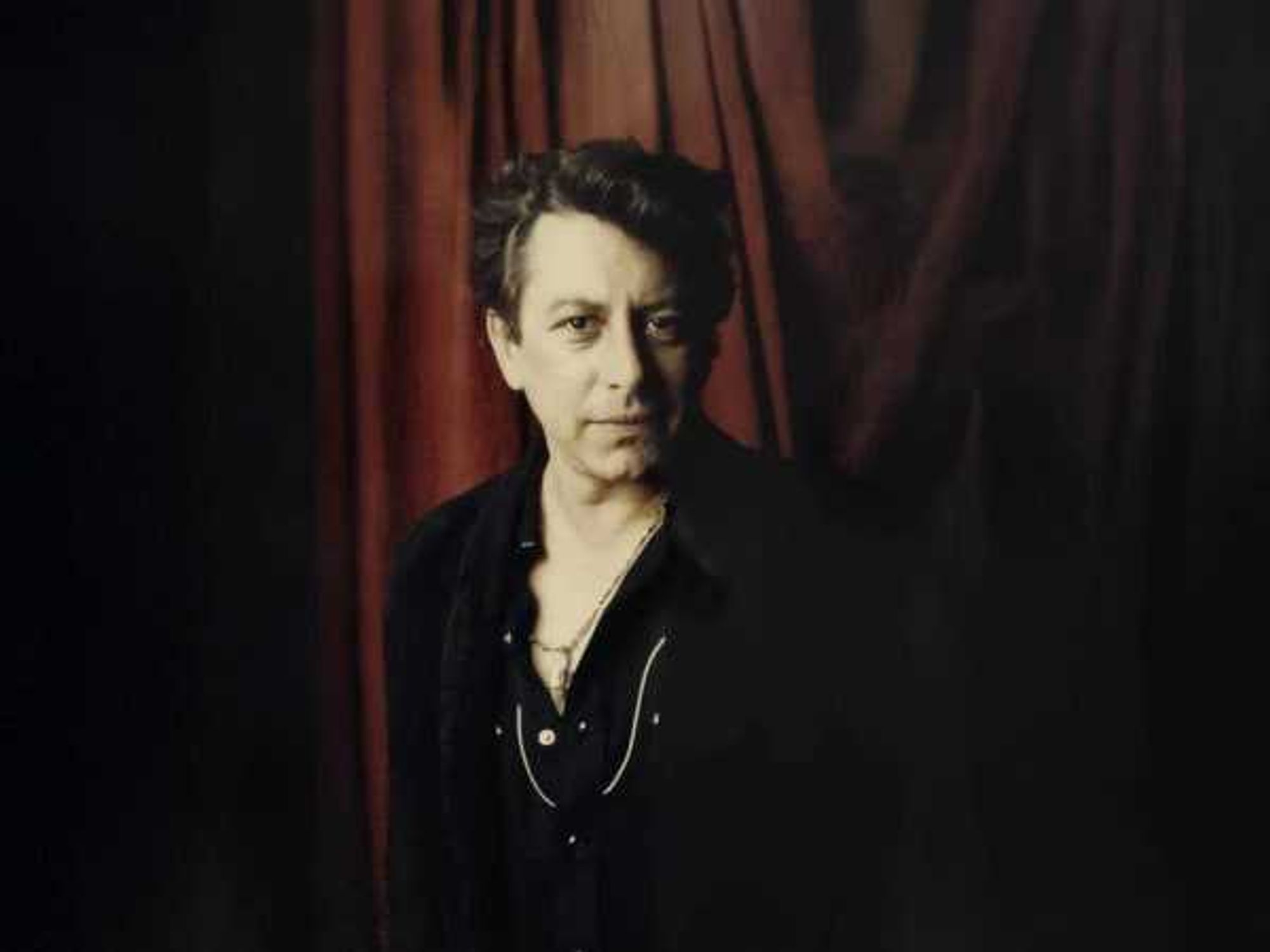Movie review
Clarity of visuals in Avatar: The Way of Water is a double-edged sword
It’s long been said that you doubt writer/director James Cameron at your own peril. Starting with 1984’s The Terminator, he has brought some of the wildest – and most expensive – ideas to the screen, succeeding time and again even when people thought he had gone too far. And so releasing the sequel to 2009’s Avatar 13 years later is just the latest gamble in a career full of them.
Avatar: The Way of Water finds Jake Sully (Sam Worthington) living in bliss with his Na’vi wife, Neytiri (Zoe Saldaña), and their children in the jungles of Pandora. But after many years, the humans of Earth have returned, this time not to mine Unobtainium, but to colonize another world because their planet has become uninhabitable. Oh, and if they happen to get revenge on Jake in the process, so much the better.
To do so, a group of Marines led by the now-deceased Quaritch (Stephen Lang) have had their memories implanted in lab-grown Avatars, allowing them to go on even past death. Their hunt of Jake forces him to move his family to live with the Metkayina clan, led by Ronal (Kate Winslet) and Tonowari (Cliff Curtis), who live next to the ocean. There, the two groups have to learn to co-exist and perhaps band together when the humans come calling once again.
Perhaps more than any other modern filmmaker, Cameron is obsessed with pushing the boundaries of technology. For the most part, American filmmakers have stopped filming in 3D, retrofitting their movies to be shown in 3D if they so desire. But Cameron is all-in, using motion capture suits for his actors and cutting-edge work from New Zealand’s Weta Workshop to bring the world of Pandora to life.
That decision turns out to be a double-edged sword. There’s no denying that everything in the film looks spectacular, from the Na’vi to the different animals of the world to the abundant water. But Cameron has also employed the high frame rate of 48 frames-per-second (24 fps is the standard) infamously used by Peter Jackson in The Hobbit trilogy, giving everything a hyper-real look that, at least for this critic, does not make for a great viewing experience.
There’s a certain look that most fiction films have, providing an invisible “barrier” between the world of the film and the audience. Cameron thinks he’s doing a service for filmgoers in removing that barrier, when in reality it undercuts the other aspects of the film. The visuals too often serve as a distraction from the story, which is surely not his intent.
Not that the story of The Way of Water is all that fantastic, mind you. Cameron and co-writers Rick Jaffa and Amanda Silver spend a lot of time with the family aspect of the story, giving Jake and Neytiri’s children many scenes to delve into their personalities and issues. While they each become fully-formed characters, the emotional connection with them never materializes.
They also rush through the return of what the Na’vi call the “Sky People,” expecting the audience to just accept a series of events that deserve more than the perfunctory exposition they’re given. For a film that’s 3 hours and 12 minutes long, you’d think there would be plenty of time to devote to all aspects of the story, but somehow that isn’t the case.
As the majority of the characters in the film are courtesy of motion capture, it’s difficult to judge the total performances of the actors. Worthington and Saldaña reprise their roles well, but it’s next-to-impossible to decipher Winslet in hers. Edie Falco and Jemaine Clement show up for mostly forgettable parts, and it’s best not to talk about the weirdness of seeing Sigourney Weaver play a teenager.
Perhaps Avatar: The Way of Water will improve on second or third viewing, once the story is already known and ultra-clear visuals aren’t as distracting. But once is often enough for most moviegoers, and it just doesn’t offer enough enticement the first time around to want to go back for more.
---
Avatar: The Way of Water opens in theaters on December 16.
